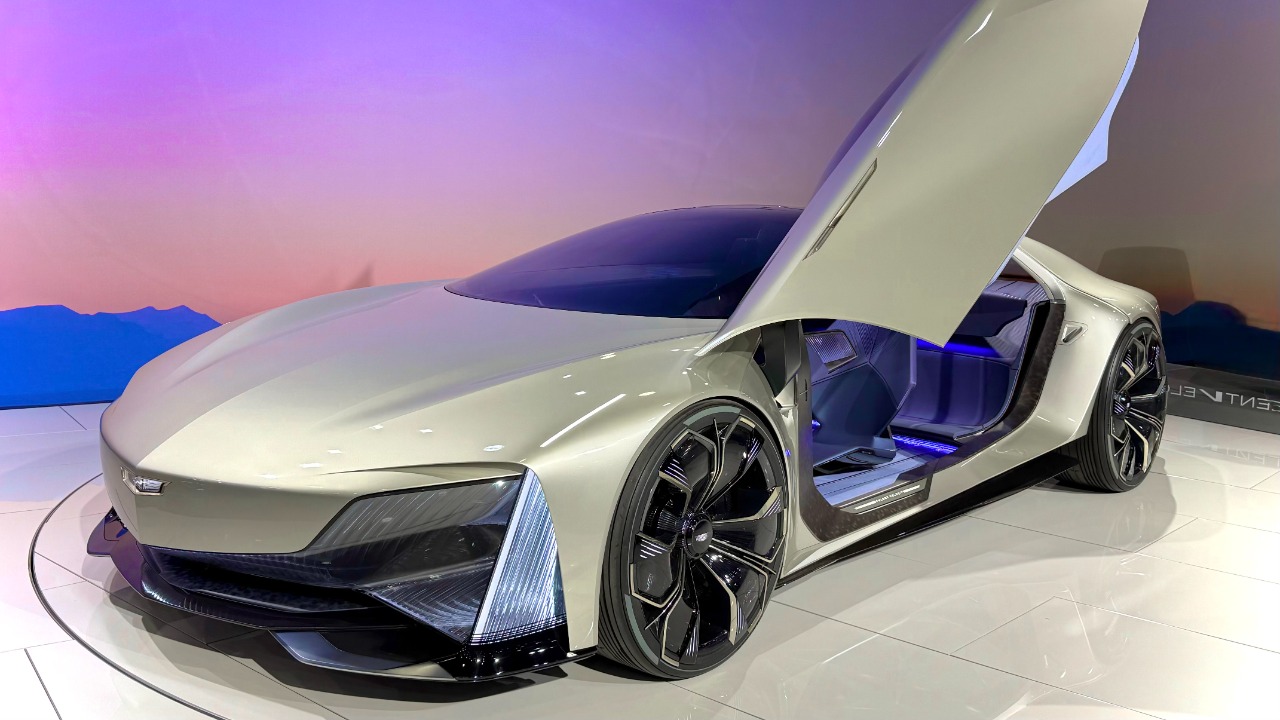
Cadillac, the luxury division of General Motors, is making strides in the realm of autonomous driving with its innovative AI-driven predictive technologies. The company’s upcoming vehicle lineup, including the Celestiq and Optiq models, will leverage machine learning algorithms to anticipate driver needs and road conditions in real-time. This initiative, spearheaded by Cadillac’s vice president of product planning, Jamie Darrell, aims to revolutionize the driving experience by predicting events such as traffic jams or vehicle maintenance issues up to 30 seconds in advance. The predictive technology is an evolution of Cadillac’s existing Super Cruise hands-free system and is set to debut in 2024 model-year vehicles in North American markets.
Cadillac’s Predictive Technology Foundation
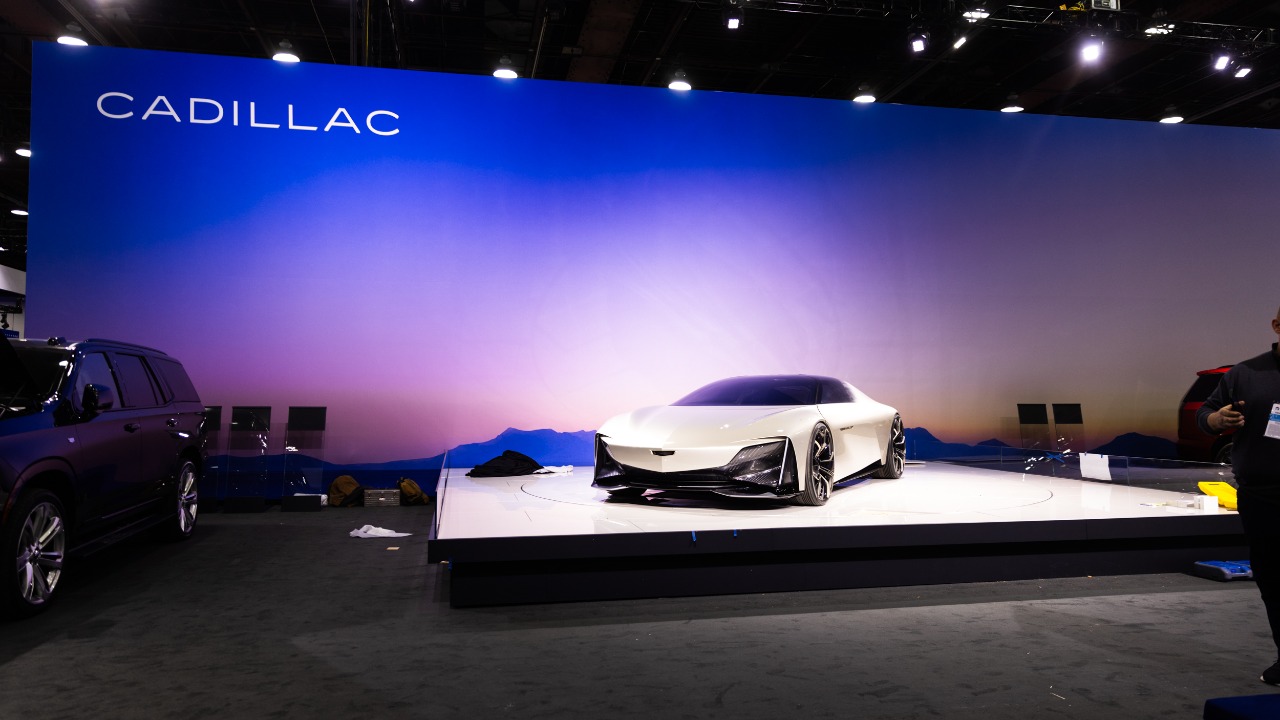
The core of Cadillac’s predictive technology is a sophisticated AI architecture that uses neural networks to analyze sensor data from cameras, radar, and LiDAR. This data is used to generate probabilistic future scenarios for the vehicle’s path, allowing the system to anticipate and react to potential road conditions and events. The system is also integrated with GM’s Ultium battery platform, enabling it to predict energy consumption and range based on anticipated traffic and weather patterns. Motor1 reports that during early testing, the AI was able to accurately forecast a sudden lane change by another vehicle 25 seconds ahead during trials on Michigan highways.
Evolution from Existing Autonomous Features
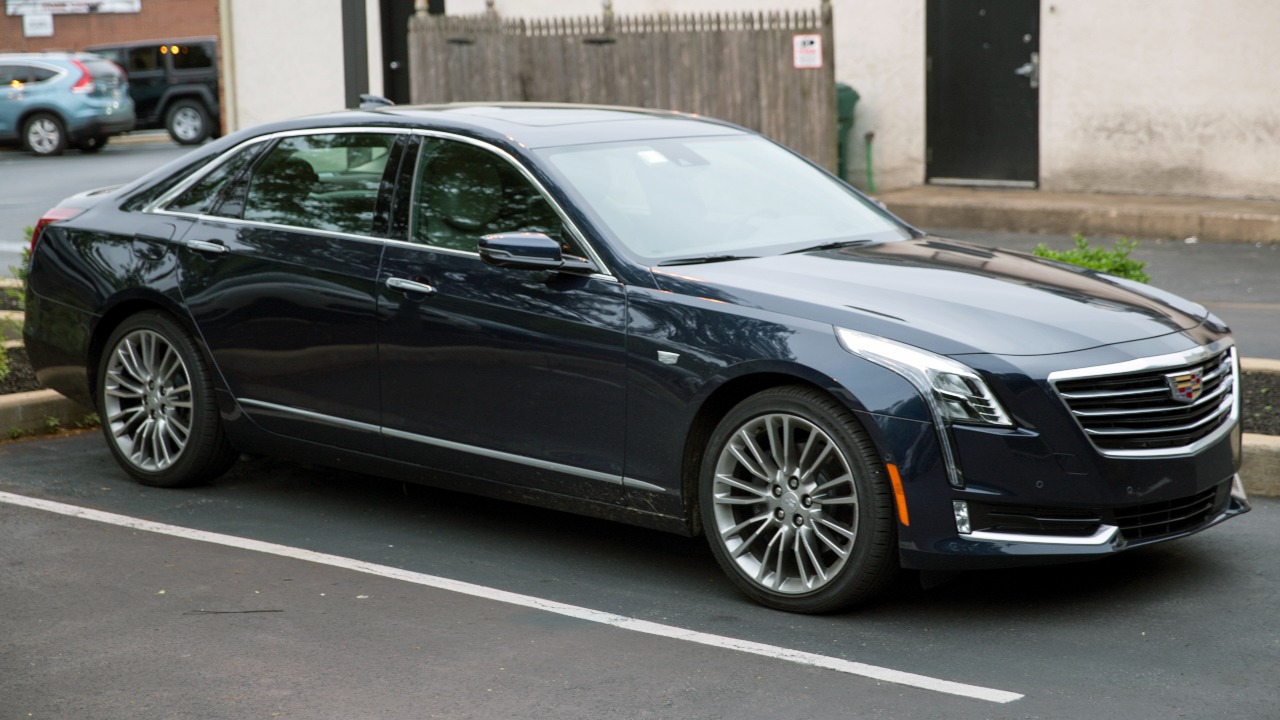
Cadillac’s predictive technology is a significant evolution from its Super Cruise system, which has logged over 1.2 billion miles of hands-free driving since 2017. The new predictive layer adds the ability to anticipate hazards beyond the current reactive capabilities of Super Cruise. For instance, the system can activate predictive braking 10-15% earlier than standard systems based on data from connected vehicle fleets. Jamie Darrell, Cadillac’s vice president of product planning, sums up the advancement by saying, “We’re not just reacting to the road; we’re staying one step ahead of it.”
Key Applications in Daily Driving
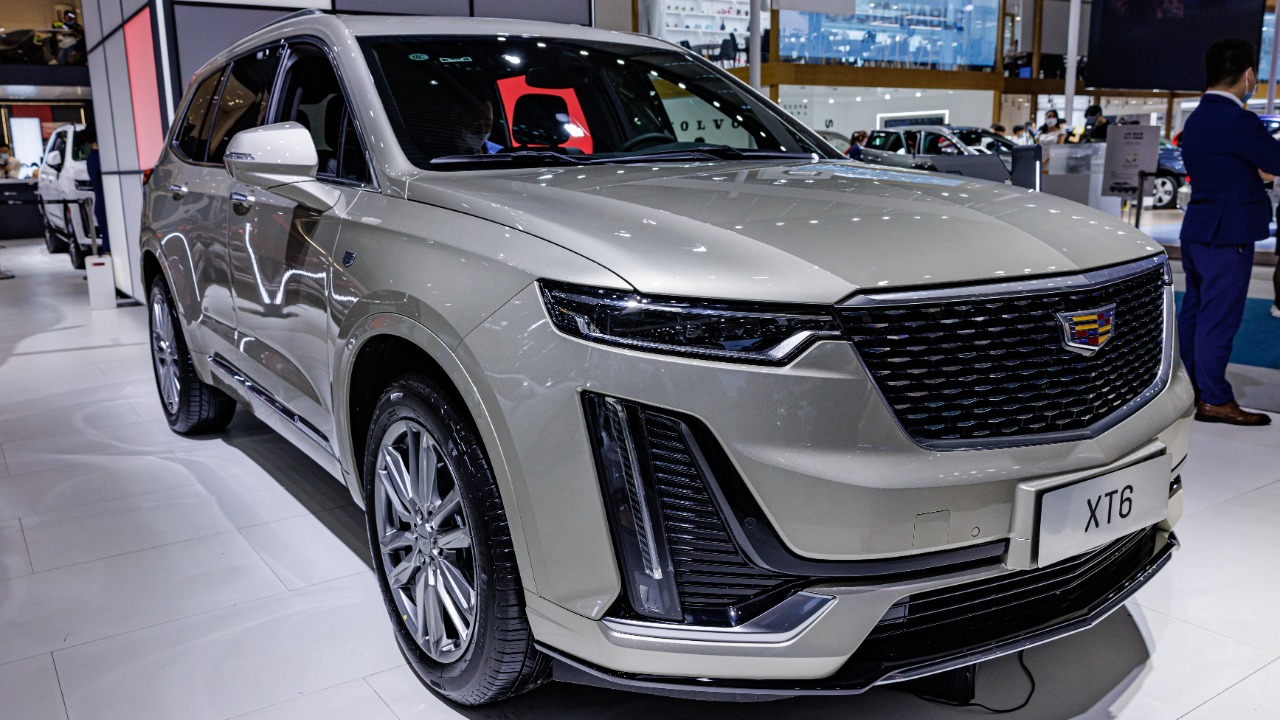
The predictive technology has several practical applications in daily driving. For urban navigation, the AI uses real-time data from 200,000 connected GM vehicles to predict congestion on routes like Interstate 75 in Detroit. The system can also forecast maintenance needs, such as alerting drivers to potential brake wear 500 miles before failure based on driving style analysis. On highways, the system can predict merges by analyzing surrounding vehicle speeds and trajectories up to 500 meters away.
Partnerships and Data Ecosystem
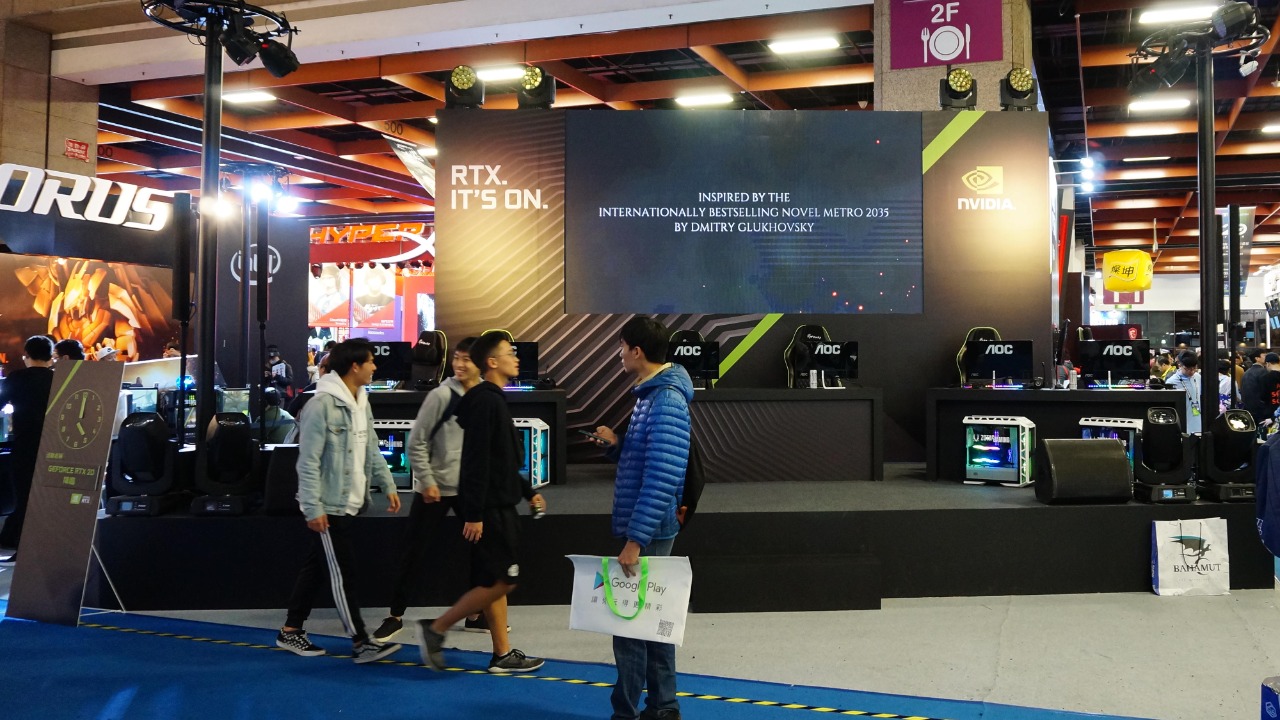
Cadillac’s predictive technology is bolstered by collaborations with tech firms like NVIDIA, which provides GPU-accelerated AI processing for Cadillac’s infotainment systems. The system also benefits from GM’s OnStar network, which aggregates anonymized data from 18 million subscribers to train predictive models without compromising privacy. Additionally, Cadillac has integrated with mapping providers like HERE Technologies to incorporate dynamic road updates, such as construction delays reported in real-time from Los Angeles to New York corridors.
Challenges in Predictive Accuracy
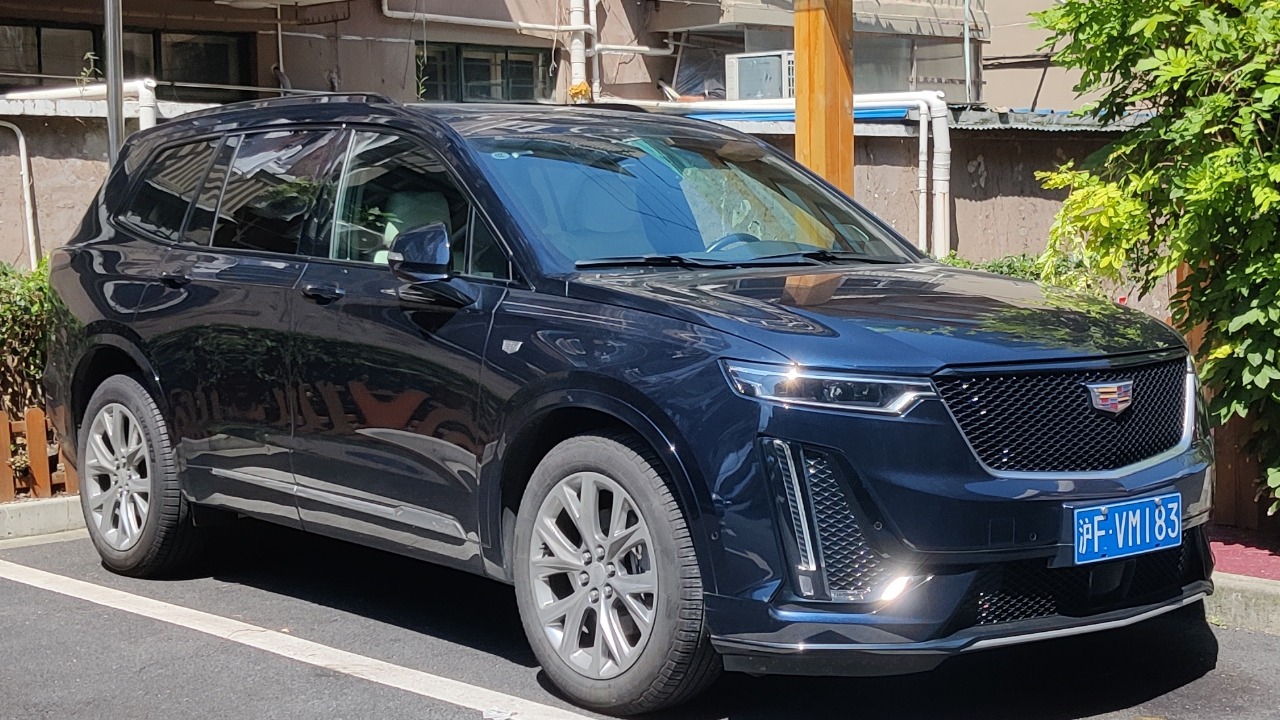
Despite its promising capabilities, Cadillac’s predictive technology faces some challenges. In controlled tests, the AI’s accuracy rate was 95%, but this dropped to 85% in adverse weather conditions like heavy rain on California freeways. There are also ethical considerations to address, such as how the system handles prediction biases from underrepresented rural driving data in the Midwest. Furthermore, Cadillac is working with the NHTSA to validate predictions under new 2024 autonomous vehicle guidelines.
Future Rollout and Market Impact
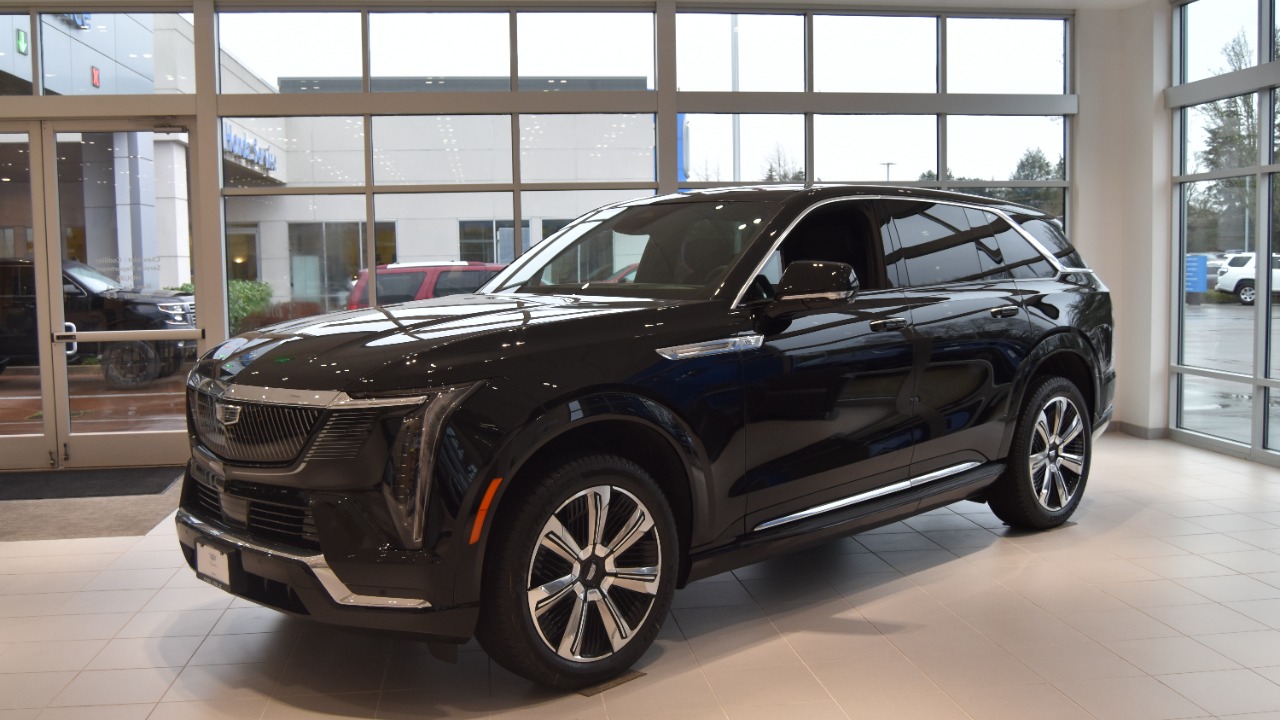
The full implementation of Cadillac’s predictive technology is set to begin with the 2025 Escalade IQ, which will feature predictive AI as standard on premium trims priced above $100,000. In terms of competitive positioning, Cadillac’s focus on luxury predictive comfort sets it apart from rivals like Tesla’s Full Self-Driving and Mercedes’ Drive Pilot. The broader implications of this technology are significant, with internal GM simulations suggesting that early warnings could reduce accidents by 20%.